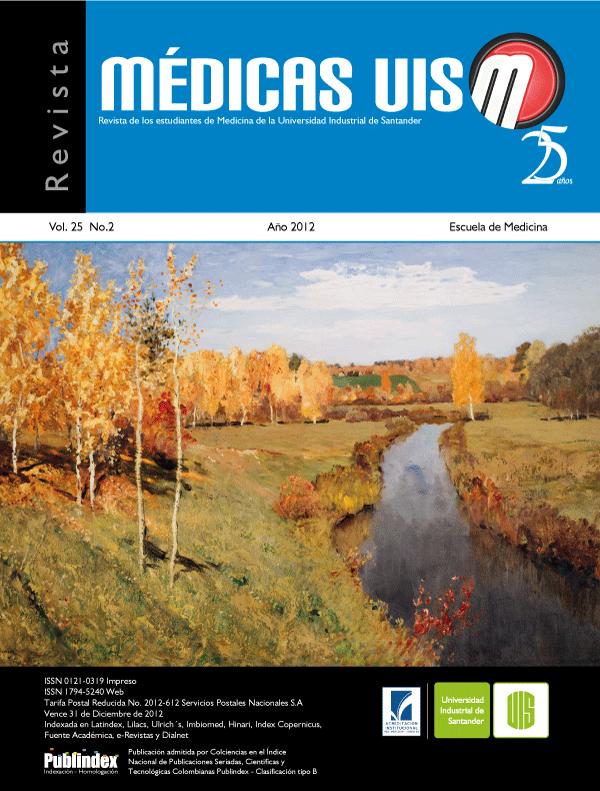Abstract
The elder population suffers major number of disease than younger patients; therefore, they consume a higher number of drugs than rest of populations. A recent study made in USA shows that proximately 77% of people older than 65 years old consume at least one medicament although this people represent 12% of total population but this corresponds to 30% of medications used in that country. Other reports indicate that this population consume between 1,5 and 4,2 drugs, which can result expensive and exist the clinic risk when drugs are used as polypharmacy because of the increase risk related with factors as the age and the possibility of apparition of adverse effects, which can be severe for health. In the present study we describe the pattern of medication consumption based in previous reports made in elderly Mexicans and compared with investigations from other countries. We find that the most consumed medications are those used in cardiovascular, central nervous system and analgesic-antiinflammatory. However it is concluded that health politics are required to improve the use of medicaments in elderly based in a correct prescription, evaluation in the compliance and strategies trying to avoid the use with multidrug simultaneously. Applying those politics the use of drugs will help the patient to improve their health, and eliminate the risk due to bad use of drugs. (MÉD.UIS. 2012;25(2):129-36)
References
2. Beynon CM. Drug use and ageing: older people do take drugs!.Age and Ageing. 2009;38:8-10.
3. Kendrick R, Bayne JR. Compliance with prescribed medication by elder patients. Can Med Assoc J. 1982;127:961-2.
4. Tapia-Conyer R, Cravioto P, Borges-Yáñez A, De la Rosa B. Consumo de drogas médicas en población de 60 a 65 años en México. Encuesta Nacional de Adicciones. 1993. Salud Pública Mex. 1996;38:458-65.
5. Gidal BE. Drug absorption in the elderly: biopharmaceutical considerationsfor the antiepileptic drugs.Epilepsy Res. 2006; 68 Suppl 1:S65-9.
6. Conil JM, Georges B, Lavit M, Seguin T, Tack I, Samii K, et al. Pharmacokinetics of ceftazidime and cefepime in burn patients: the importance of age and creatinine clearance. Int J ClinPharmacolTher. 2007;45:529-38.
7. Metlay JP. Medication comprehension and safety in older adults.LDI Issue Brief. 2008;14:1-4.
8. Levine MA, Grootendorst P. Proportion of osteoporotic post-menopausal women at increased risk for upper GI adverse events associated with bisphosphonate therapy.Pharmacoepidemiol Drug Saf. 2000;9:367-70.
9. Cassidy N, Lee SK, Donegan CF, Tracey JA. Poisoning in older adults: the experience of the national poisons information centre. Ir Med J. 2008;101:268-70.
10. Haider SI, Johnell K, Weitoft GR, Thorslund M, Fastbom J. The influence of educational level on polypharmacy and inappropriate drug use: a register-based study of more than 600,000 older people. J Am Geriatr Soc. 2009;57:62-9.
11. Staatz CE, Tett SE. Pharmacokinetic considerations relating to tacrolimus dosing in the elderly.Drugs Aging. 2005;22:541-57.
12. Pautex S, Vogt-Ferrier N. Management of chronic pain in older persons. Rev Med Suisse. 2006;2:1629-30
13. Mangoni AA. Cardiovascular drug therapy in elderly patients: specific age-related pharmacokinetic, pharmacodynamic and therapeutic considerations. Drugs Aging. 2005;22:913-41.
14. Arlt S, Lindner R, Rösler A, vonRenteln-Kruse W. Adherence to medication with dementia: predictors and strategies for improvement. Drugs Aging. 2008;25:1033-47.
15. Staskin DR. Overactive bladder in the elderly: a guide to pharmacological management. Drugs Aging. 2005;22:1013-28.
16. Tsuyuki RT, McLean DL, McAlister FA. Management of hypertension in elderly long-term care residents. Can J Cardiol. 2008;24:912-4.
17. Valderrama E, Rodríguez F, Palacios A, Gabarre P, Pérez del Molino J. Consumo de medicamentos en los ancianos: resultados de un estudio poblacional. Rev Esp Salud Pública. 1998;72:209-19.
18. Marin GH, Cañas M, Homar C, Ylarri E, Pena D, Trebuco H. Utilización de medicamentos en ancianos institucionalizados en una ciudad de la provincia de Buenos Aires, Argentina. Lat Am J Pharm. 2010;29:495-503.
19. Bellia V, Battaglia S, Matera MG, Cazzola M. The use of bronchodilators in the treatment of airway obstruction in elderly patients. PulmPharmacolTher. 2006;19:311-9.
20. Weiser ML. Antipsychotics: restraints for the elderly?. Am J Nurs. 2008;108:11.
21. Perucca E, Berlowitz D, Birnbaum A, Cloyd JC, Garrard J, Hanlon JT, et al. Pharmacological and clinical aspects of antiepileptic drug use in the elderly. Epilepsy Res. 2006;68Suppl 1:S49-63.
22. Leppik IE. Epilepsy in the elderly. Rev Neurol Dis. 2004;1Suppl 1:S44-55.
23. Hilleret H, Falconnet C, Le Saint L, Perrenoud JJ, Michel JP, Vogt-Ferrier N.Prescribing psychotropic drugs aged 80 and over. Rev Med Suisse. 2008;4(178):2405-8, 2410-1.
24. Allain H, Bentué-Ferrer D, Polard E, Akwa Y, Patat A. Postural instability and consequent falls and hip fractures associated with use of hypnotics in the elderly: a comparative review.Drugs Aging. 2005;22:749-65.
25. Secretaria de Salud. Encuesta Nacional de Adicciones. Drogas Médicas, Mexico, D.F. Dirección General de Epidemiología , SSA, 1994.
26. Pérez-Guillé G, Camacho-Vieyra A, Toledo-López A, Guillé-Pérez A, Flores-Pérez J. Patterns of drug consumption in relation with the pathologies of elderly Mexican subjects resident in nursing homes. J Pharm Pharm Sci. 2001;4:159-66.
27. García-Fernández J, González-Pérez C, Sánchez MM, Sánchez-Baragaño M, Vega JB, Méndez-Rodríguez M. Consumo de fármacos psicotrópicos en los ancianos. Rev Sanid Hig Pública. 1994;68:303-10.
28. Ginsberg G, Hattis D, Russ A, Sonawane B. Pharmacokinetic and pharmacodynamic factors that can affect sensibility to neurotoxic sequelae in elderly individuals. Environ Health Perspect. 2005;113:1243-9.
29. Barni S, Cabiddu M, Petrelli F. Toxicity of targeted therapies in elderly patients. Expert Rev Anticancer Ther. 2008;8:1965-76.
30. Doucet J. Use of antidiabetic drugs in elderly patients. Diabetes Metab. 2005;
31 Spec No 2:5S98-5S104. 31. Wasil T, Lichtman SM. Clinical pharmacology issues relevant to the dosing and toxicity o chemotherapy drugs in the elderly.Oncologist. 2005;10:602-12.
32. Chaggar PS, Channer KS. Current issues in thromboprophylaxis. Drugs Aging. 2008;25:1049-60.
33. Brabant T, Stichtenoth D. Pharmacological treatment of osteoarthritis in the elderly. Z Rheumatol. 2005;64:467-72.
